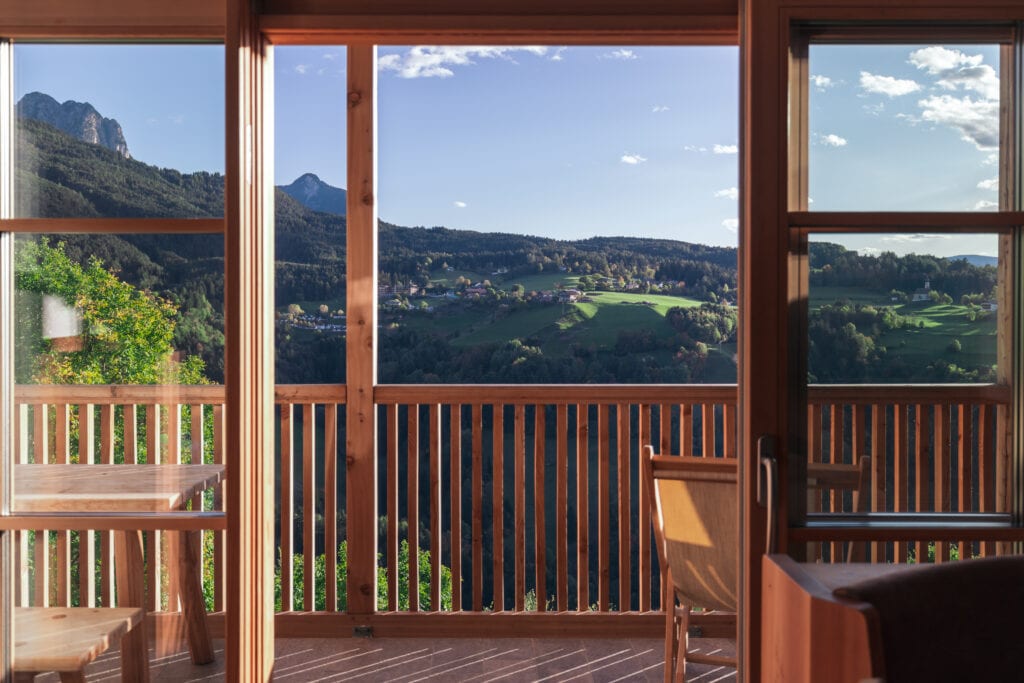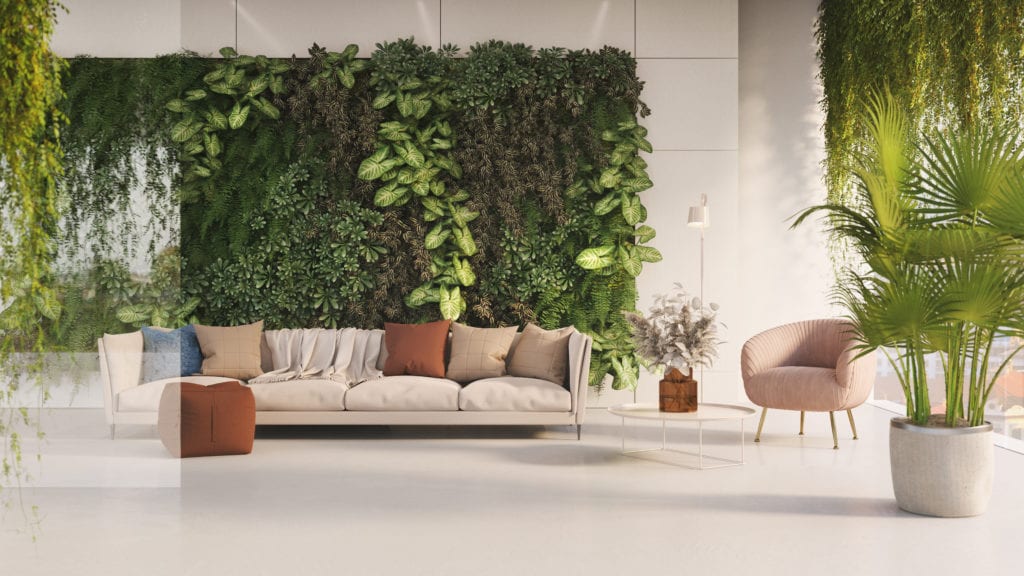
Today, as we face the double challenge of a global pandemic and the climate crisis, the health and wellbeing of both people and planet is foremost in our minds. As an architectural and interior designer, I see an essential role in addressing the issues we face both now and into the future through the designs that I create and the research work that my company undertakes. In a recent e-book for Schneider Electric, entitled ‘Designing sustainable homes for sustainable living, we did just that, and the results we uncovered were both shocking and enlightening.
The world and our lives within it seem to have become more unstable and unpredictable, so we believe what is essential is that we address the aspects that we can control – and for most of us that starts with life at home, with every action, choice, and purchase. So, with that design approach in mind, it leads me to ask: just what is the home of the future?
Our increased reliance on the home brings ever more pressure for it to function well and fulfil our growing demand to support us and our health and wellbeing. On top of needing the home to deliver our work, rest, exercise and play needs, spending more time at home has meant higher energy consumption, resulting in higher bills as well as a deeper impact on both us and the planet.
We must recognise, then, that the next step is to create an accessible carbon and human centred approach to sustainable design; something that sustains us, and the world around us. Our homes should be comfortable, functional, efficient, flexible and resilient.
It’s not that people don’t know about the climate crisis and the need to start living more sustainably – it’s just how and where to start. In fact, conscious consumerism is on the rise. In 2019, Pinterest reported “sustainable living” to be the top search (increasing by 69% from the previous year), and searches for “sustainable living for beginners” was up by 265%.[i] However, despite this, there has been a fairly low uptake so far of renewable energy in the home (around 11%[ii]), with 49% of survey respondents feeling that sustainable living is too expensive, and 47% and 31% feeling a lack of government and business support, respectively. Other barriers include ‘I’m not sure how’ (27%), and ‘I don’t have time’ (16%).[iii]

A holistic approach to energy system design, installation and use from start to finish is needed, one that looks at a home’s current energy use and how well it supports the household’s physical and psychological wellbeing and identifies opportunities for improvements. So, through a considered approach to design that makes our clients aware of the issues and offers affordable and justified solutions, we can reduce their impact on the environment, enhance their physical and mental wellbeing, and improve their quality of life and activities within the home. Advances in smart technology are now giving households the opportunity to better understand and control their energy use, enabling us to become ‘conscious energy consumers’. We have an opportunity as architects and designers to clearly communicate the benefits and the options to our clients; the only way uptake will increase is by making energy resilience design and renovation simpler.
In our e-book, we spoke with Eduardo Oria, Architect and Project Manager, about a recent project Oria architects has completed that has smart technology at its core. Flamingos P38 is a luxury villa located in a development on the outskirts of Marbella. A main project goal was to allow the users to access all facilities from their smart phone, so the project team chose to use KNX solutions from Schneider Electric. This enables everything – including the blinds, lighting, air conditioning and even the pool – to be connected to the home automation system. Importantly, the technology helps occupants to be sustainable; the system highlights exactly how much and on what the energy is being used and, because it is so easy to control (even from afar), there really is no reason to run the house in any way other than economically.
Ultimately, for me it always circles back to human health and wellbeing. Psychologically, having more control over our own environment is good for us, reducing our carbon footprints can reduce stress from eco-anxiety, and energy resilience can also reduce stress from rising energy bills. From a physiological standpoint, homes can be warmer, better ventilated, and more adaptable to individual physical needs. Creating a clear and simple plan for what, how and when to implement the changes is crucial.
Our recent e-book written with Schneider Electric has involved answering the simple question, ‘what is the home of the future?’. The paper investigates the current issues around sustainable design and wellbeing and how we covert these into creative opportunities with compelling statistics demonstrating the business case for its implementation and how others have risen to the challenge in real life case studies. The response uncovered a fascinating investigation into the dual approach requiring us to engage with regenerative design, considering the health of both us and the planet. But to get there, we need to overcome the barriers, create a strong business case, and find solutions for the myriad of housing types that we live in – both new and existing.
I hope that the insights will inspire better informed design choices across all areas of society, to create homes truly fit for the future.
To find out more, download the e-book “Designing sustainable homes for sustainable living” here.
Reference:
[i]https://www.sustainability.com/globalassets/sustainability.com/thinking/pdfs/sustainability-annual-trends-2020-1.pdf
[ii] https://www.iea.org/reports/renewables-2020/renewable-heat#abstract
[iii] Healthy_Sustainable_Living_2019_GlobeScan_Highlights.pdf


